In all the chaos of recent times, I have completely missed the news from Big Agnes for this year. Especially the bikepackings. They didn't fall asleep at Big Agnes, they weren't swayed by the success of last year's bikepack series, and they've prepared an innovative series for this year.
We had a Fly Creek series from the last series, and at the end of the article I mentioned a side-input version, and it was this version that I got.
I had intended to treat this article as a mere performance and test it over a longer period of time, but it turned out to be pointless, because I had driven a lot of miles with my predecessor, and to this day it serves seamlessly. Without fail. So treat this article as both a performance and a review. It’s the differences, it’s not so much different than the last version, and it’s more of an improvement that pushes this tent back a little bit further.
The tent poles are again 30 centimetres long, but there’s an extra shorter pole compared to the Fly Creek tent, I’ll mention it again.
Let’s go tropical. There has been a radical change here and that is the material. The new SDF (Solution Dyed Fabric) technology is used. And what’s the difference with the original material? The original production took place, as is common in the textile industry, with the material dyed after the weaving of the fabric. That meant the material had brighter colors, but the drawback was the heavy use of water, chemicals, and energy in dyeing. Things are different for SFD. The granulate from which the threads are made for weaving is first dyed before being processed into threads and woven. The result is a 50% saving in water use, and an 80% reduction in both carbon emissions and chemical use.
Let’s go, but for the important thing, and that’s the useful properties of the tent. As I mentioned earlier, I set off without a compression pack and used an extra satchel to store the pegs and sticks in a frame bag (this is due to the shorter length of the sticks).
After finding a suitable spot, I threw up the bedroom, straightened it out, and fixed the sticks first. The main support rod is folded into a T-shape, with the shorter side rods slightly arched. Anchoring the rods is simple, just insert the ends of the rods into the respective holes. It’s all in the moment. The bedroom is equipped with plastic hooks to attach the bedroom to a stick. You place the second, shorter rod on the main carrier and snap it into the plastic eyes. Using four pins, you tension the bedroom floor, flip the tropico, which you clip to the rods using three Velcro fasteners and clip three buckles to the ends of the main support rod. You don’t have to look hard to see if the tropico is rotated properly, because the buckles are, for ease of reference, color-coded. You clip the tropico with the remaining pins, drag the corners, and you’re done. Everything can be done, no trouble and a little practice, in ten minutes. The ends of the shorter rod don’t forget to insert the case in the tropic. These cases are, for better handling, fitted with loops. Bullshit that’s very pleasing.
Stan has two entrances. You’ll find a helmet bracket with each one, and it holds reliably. The halls are somewhat smaller because of the weight savings, but the shoes, the cooking and the bags fit just fine, and my second foyer was still free. By the head you’ll find small pockets on both sides, a roomy pocket overhead with outlets for headphones or powerbank charging. The pocket is so spacious that I could fit an iPad mini (I took it to read a book) and it’s a better solution than the original shelf at Fly Creek, which tends to sag. At the bottom of the bedroom you’ll find a big, really big shelf. Here, there has also been a change from Fly Creek, and that is the solidity of this “shelf” and the spacious. I stuffed a puffy jacket, a cycle jacket, and there was plenty of room left. On the ceiling of the bedroom, you’ll find a couple of loops in which you can hang, say, a headlamp. In the trophy, you’ll find rather large handcuffs on the roof to hang, say, a towel and the like.
For one, room in the bedroom is plentiful; for two, it will be very close. If you’re going alone and on a longer trip I’d definitely recommend UL2, if you’re going for a night or two, I’d vote UL1.
The Footprint (an extra floor of thicker material) that I wrote about here can also be purchased for the tent. The floor of the tent is rather flimsy, but believe me, it is not flimsy at all. Fly Creek had traveled with me through Norway, Scotland, and many others, and I had never been able to break the floor and destroy it. In addition to its protective function, the subdivision has the advantage of allowing the tropico to be built without an inner tent. In short, you just take the tropico and the footprint, and within moments you have a beautiful and spacious tarp.
I’m glad there are still companies that are doing well, that their innovations are going to get better than worse. I’m looking forward to taking a longer, much longer journey with this tent. That is, if it’s even possible this year.
- minimal dimensions after collapse
- build speed
- ease of construction
- shrewd details
- shelves are the most
- slightly higher weight than Fly Creek
- I’d add, like, two extra pegs

Price
11.380 Kč

Weight
1.330 g

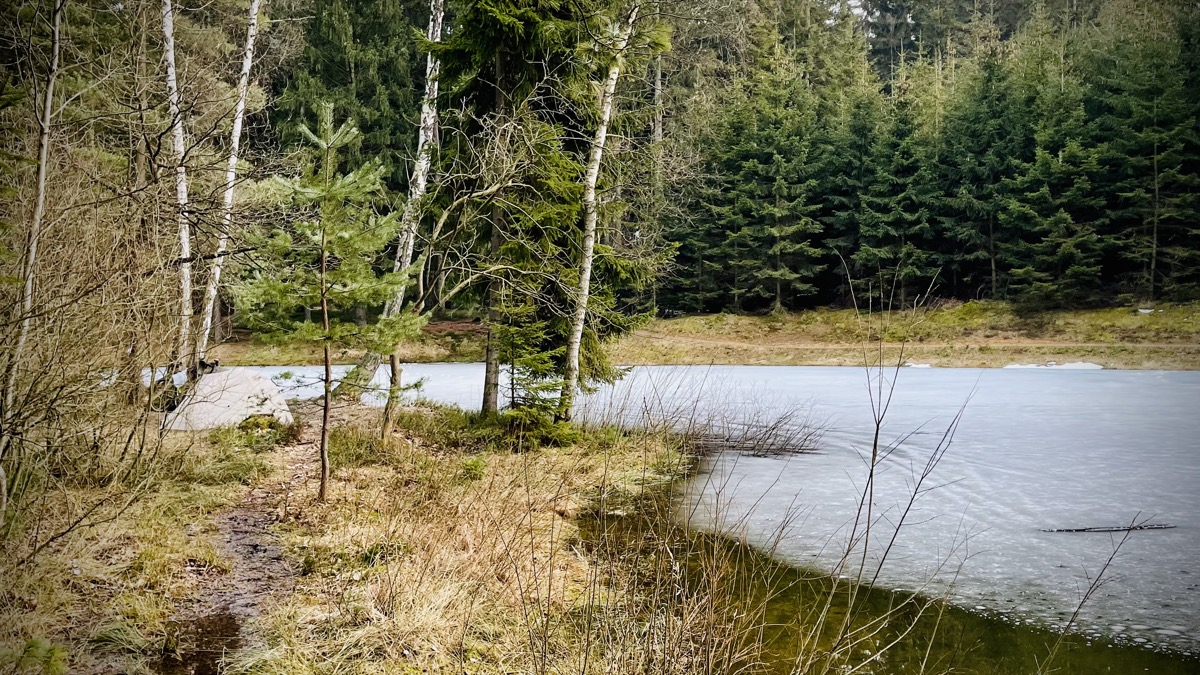
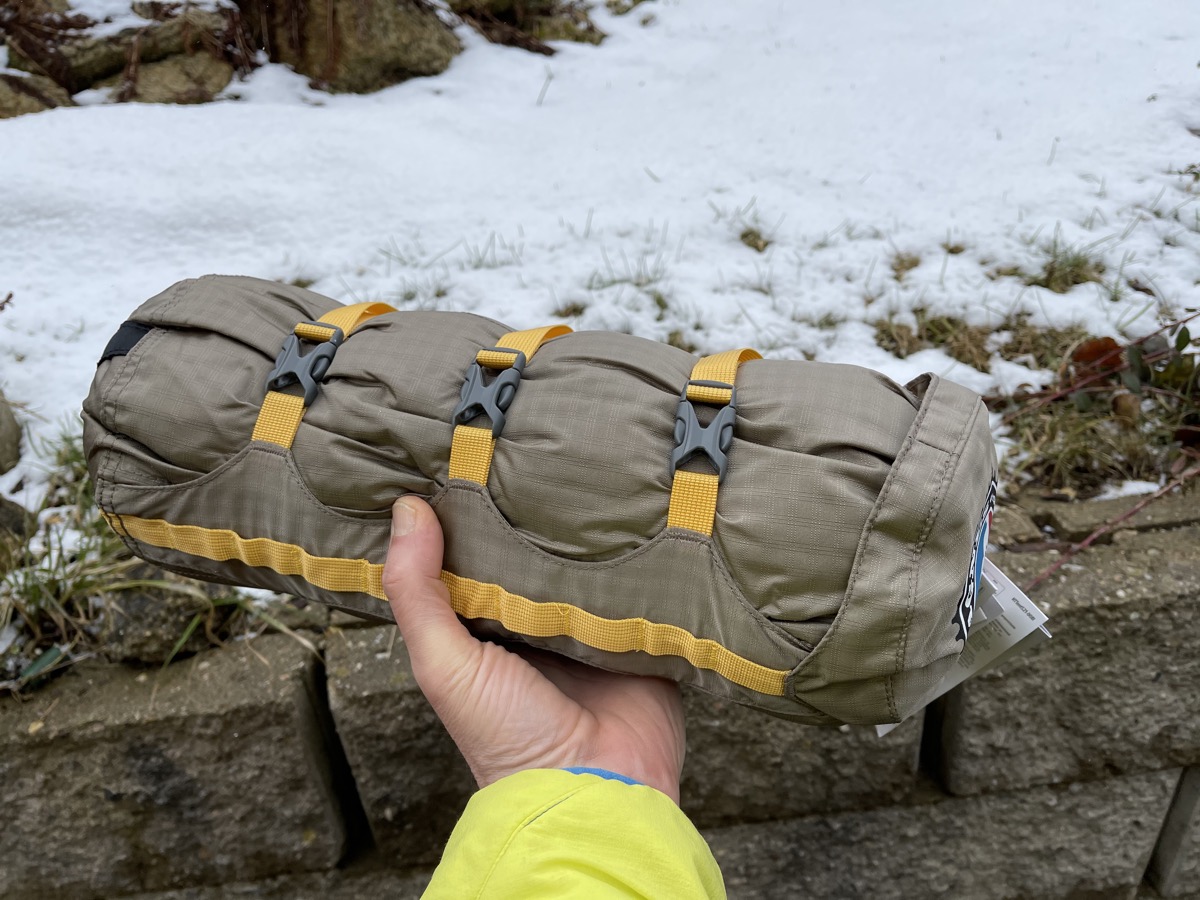
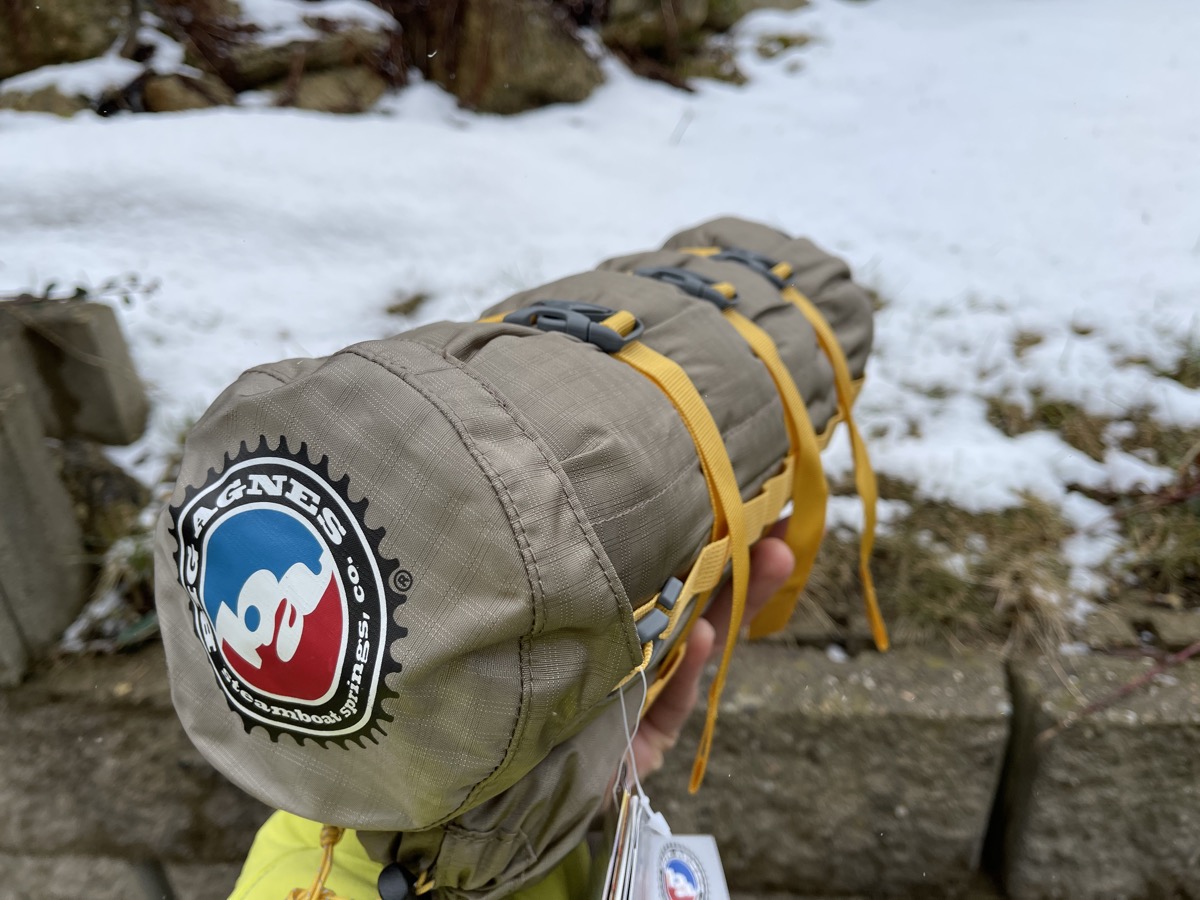
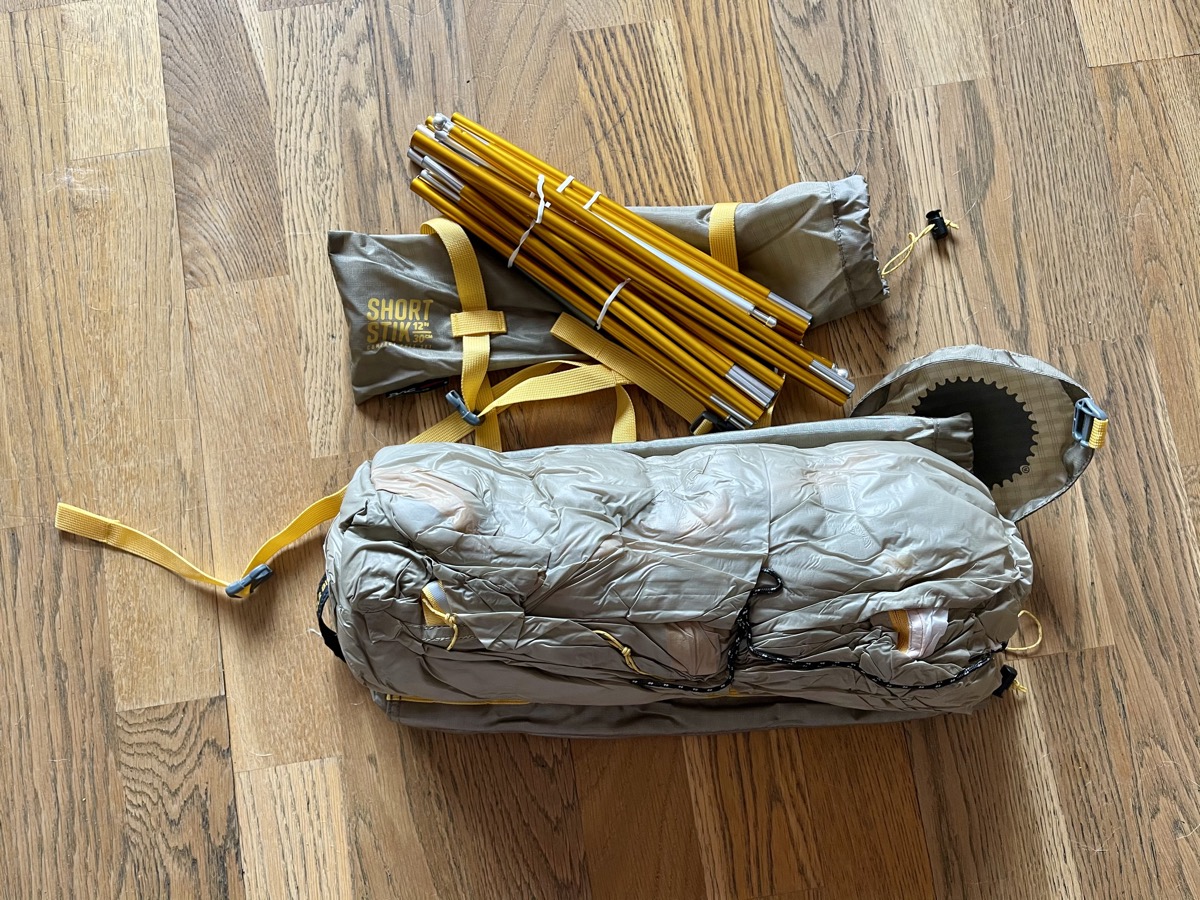

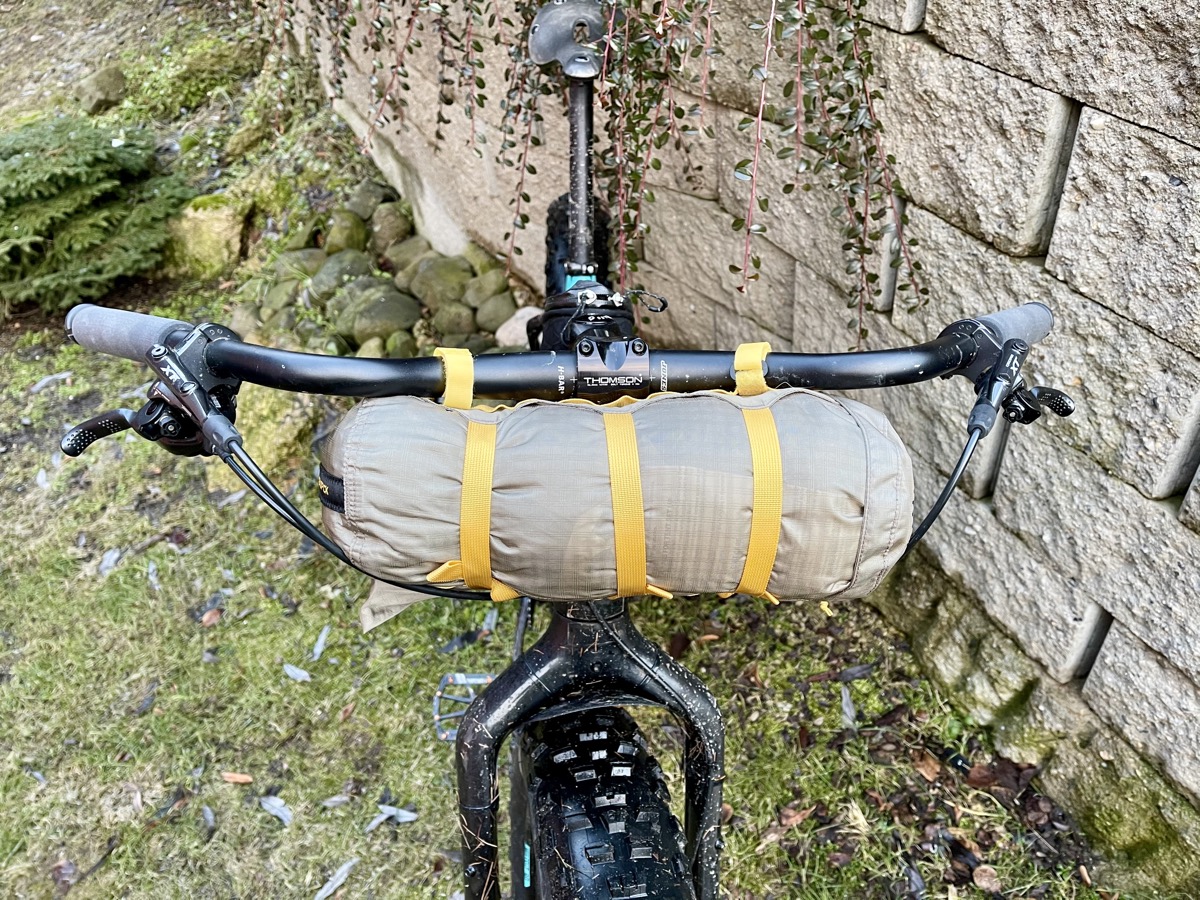
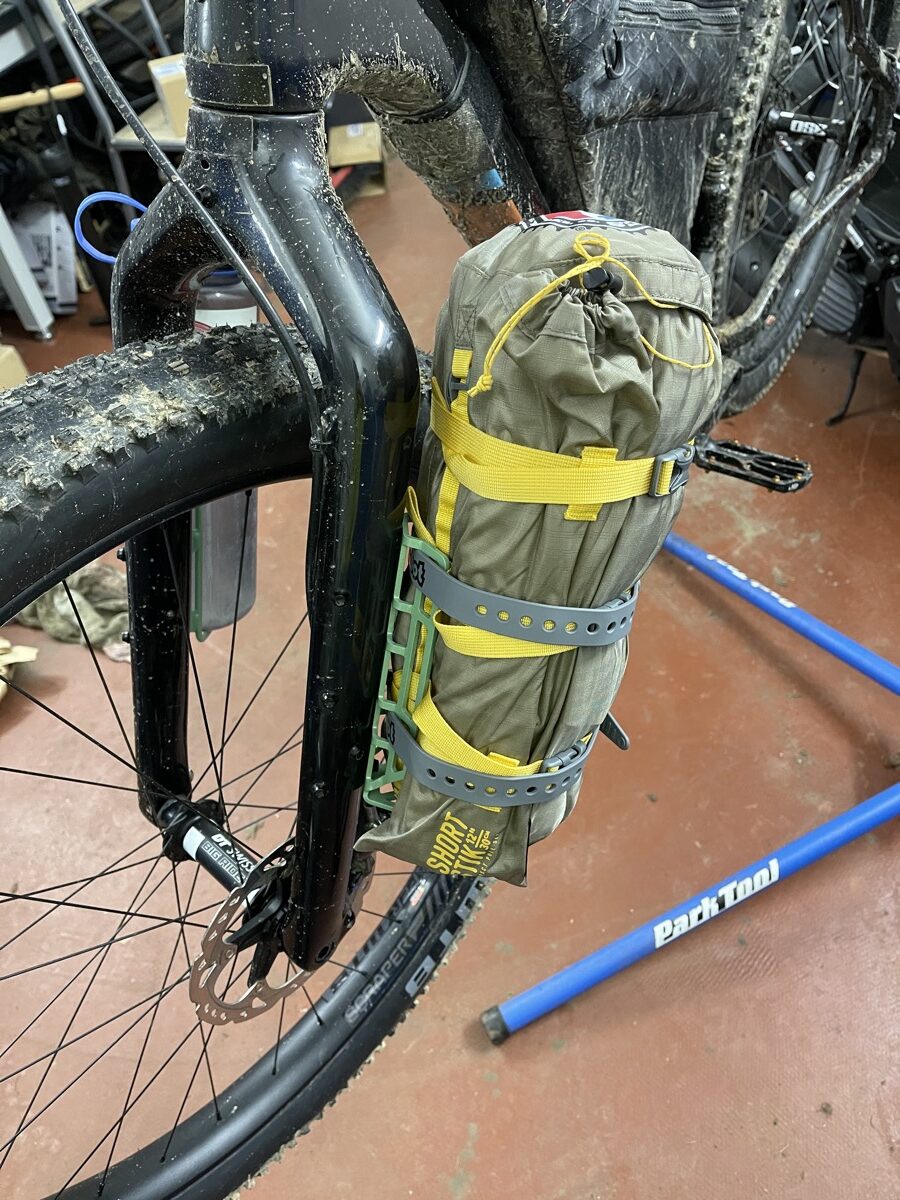
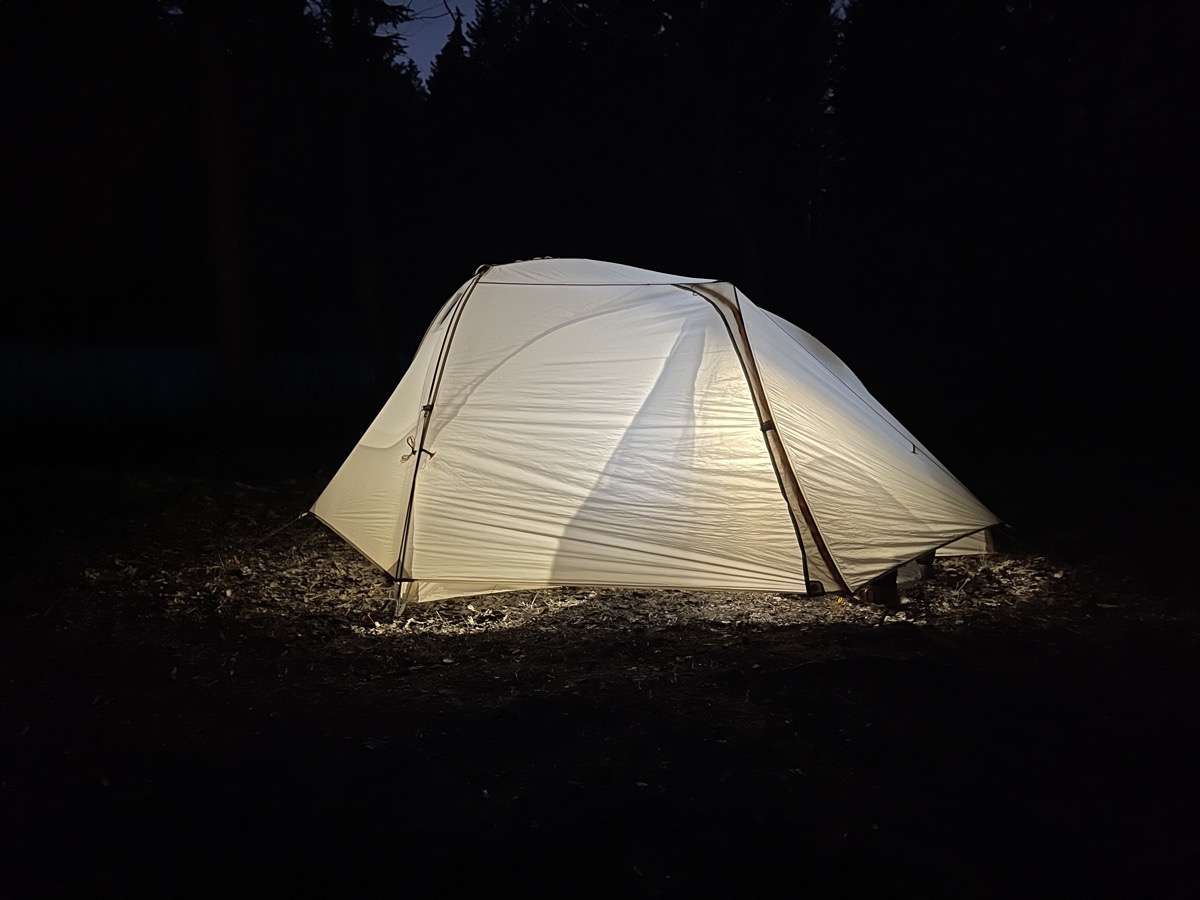
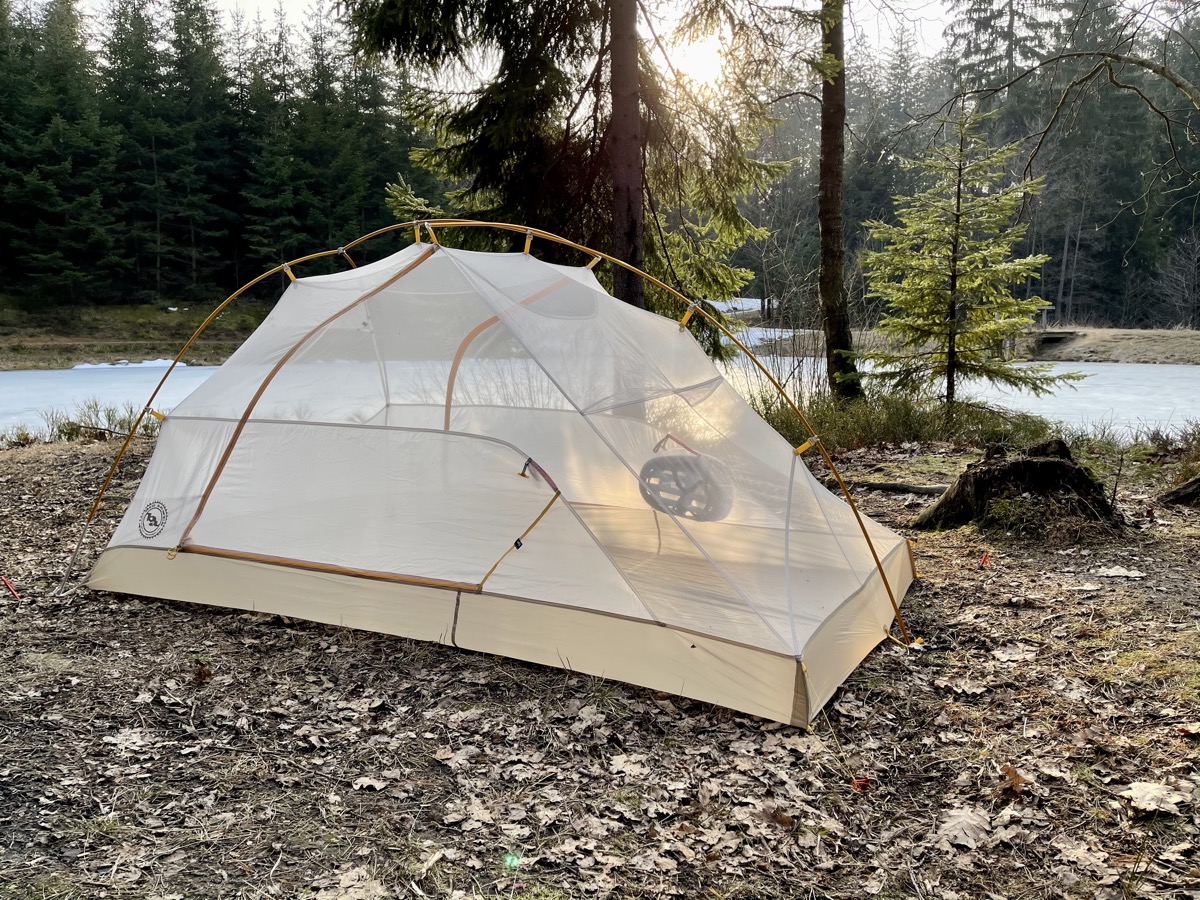
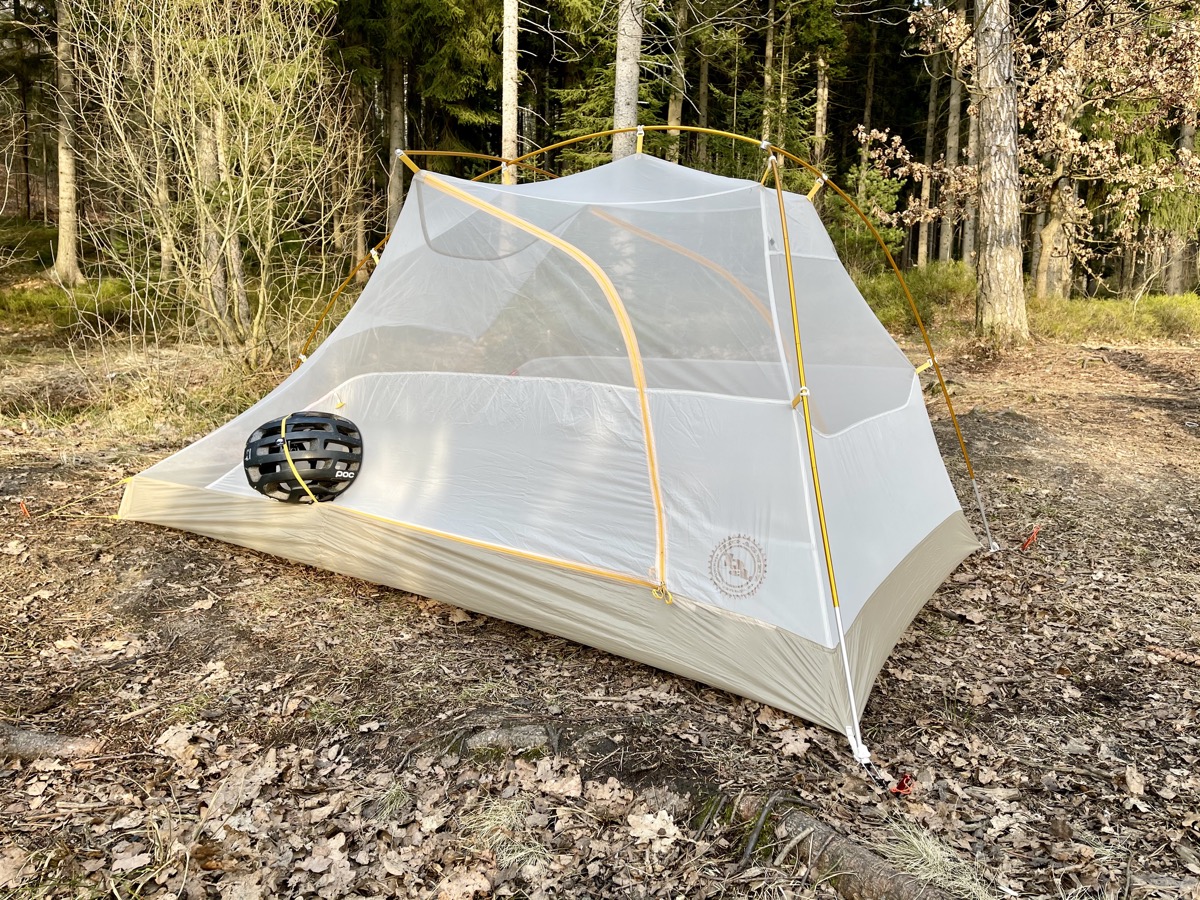
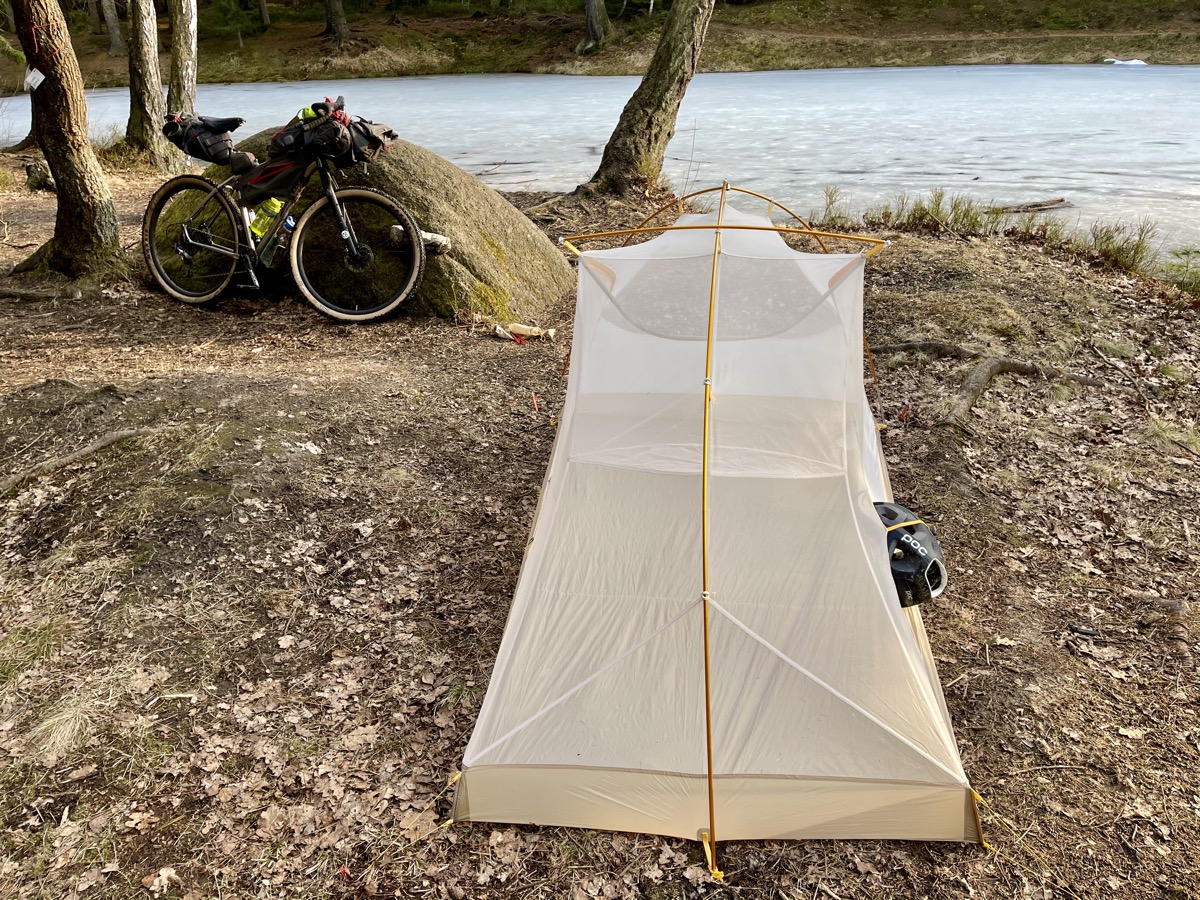
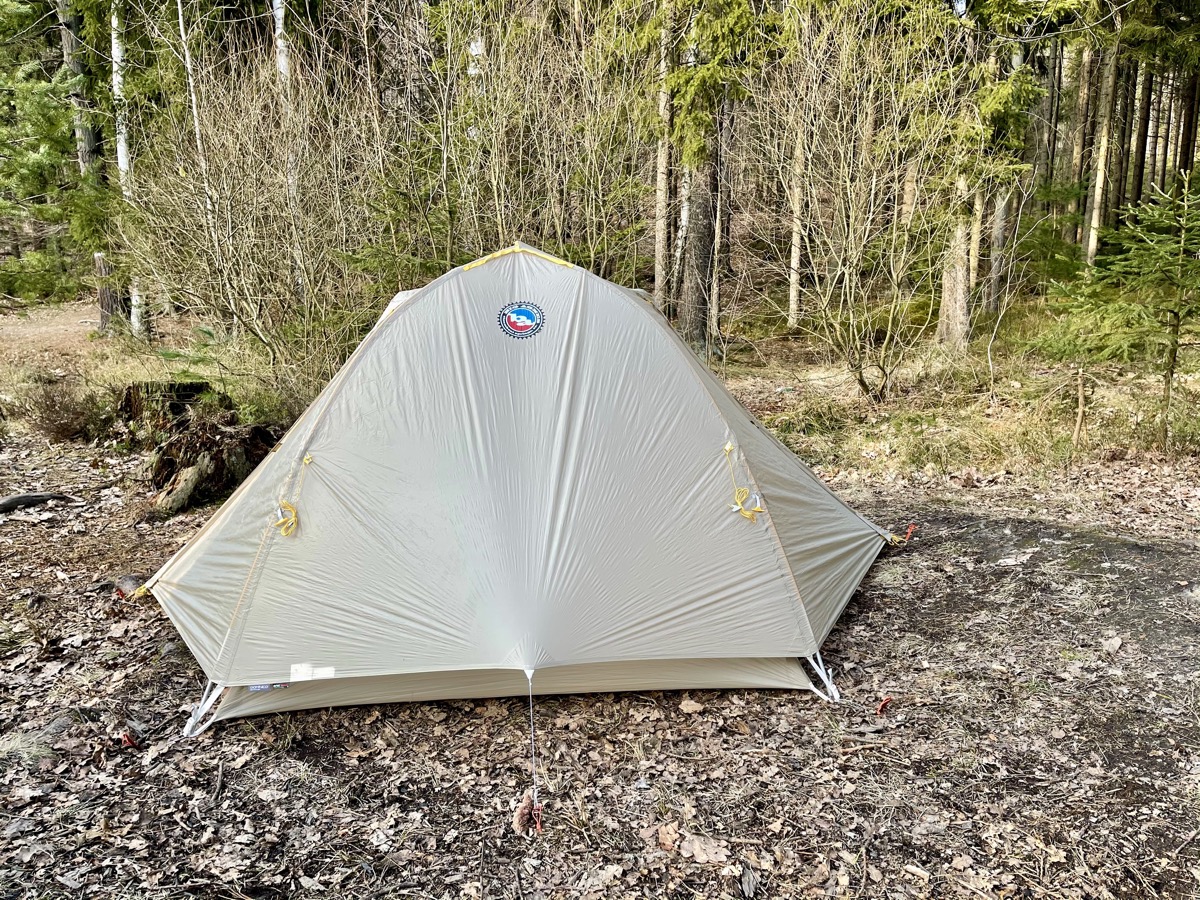
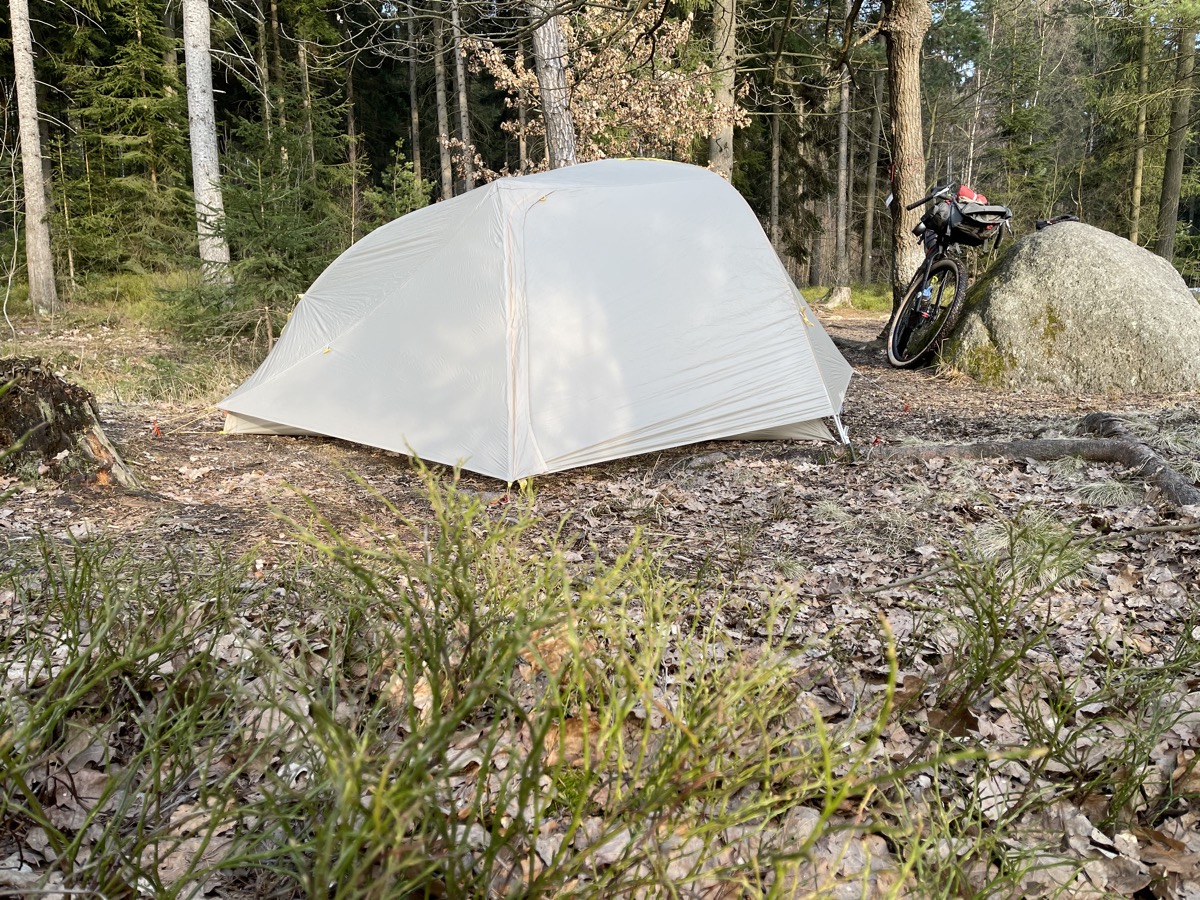
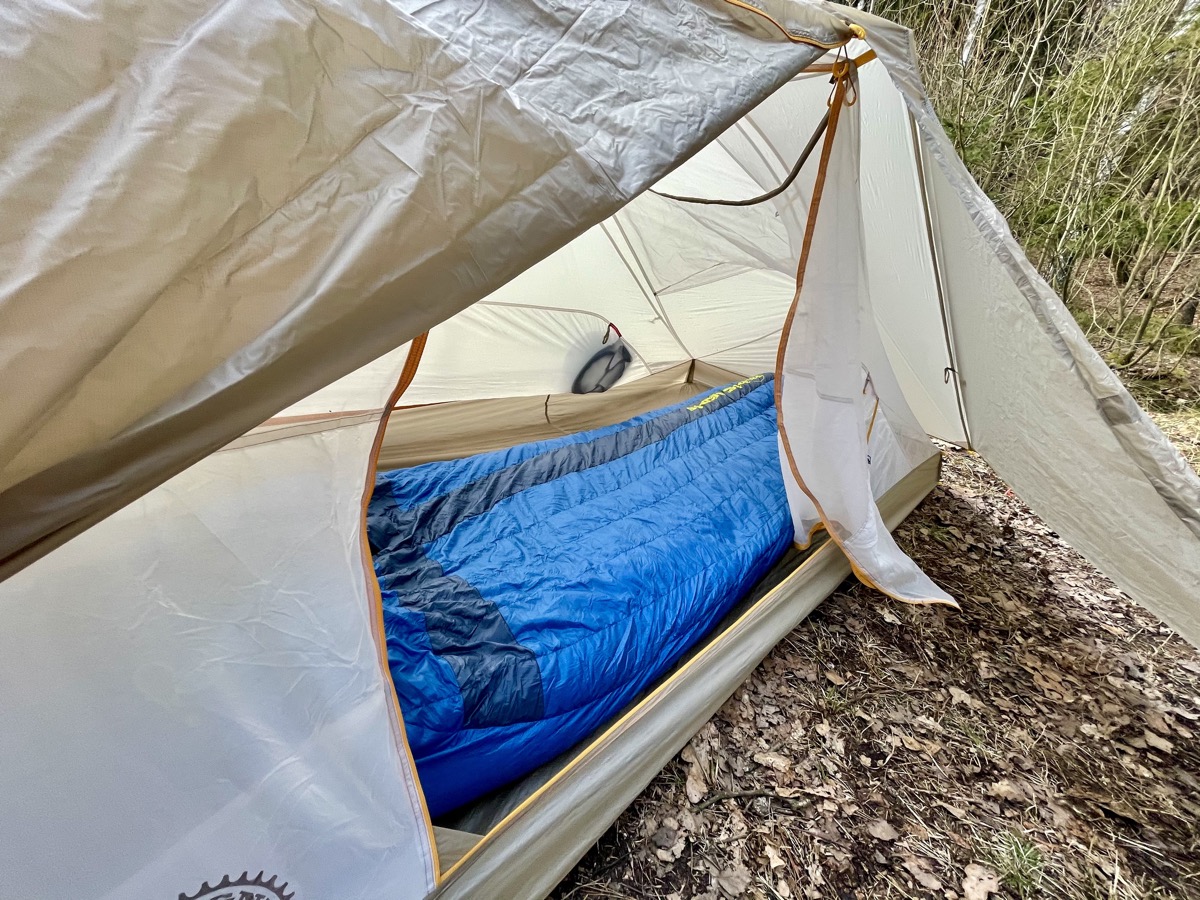
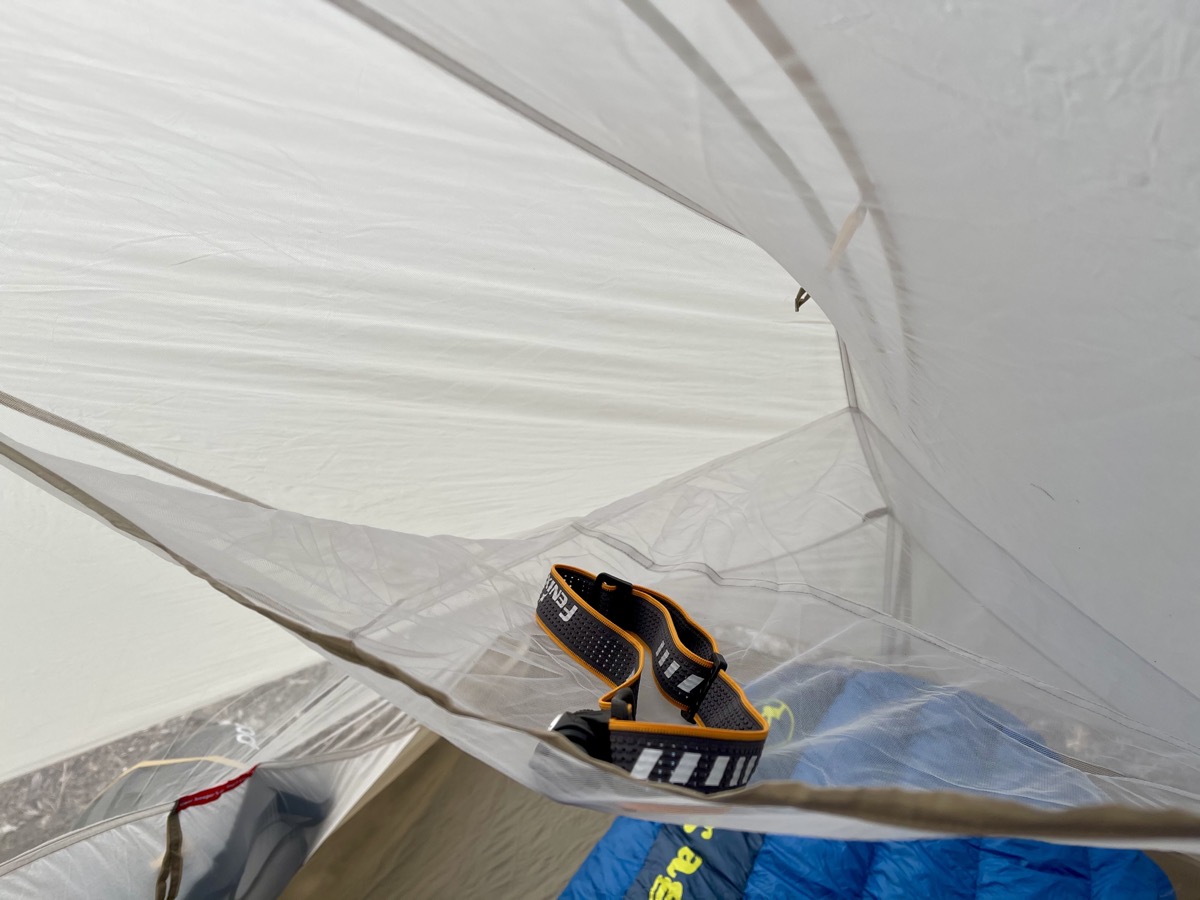

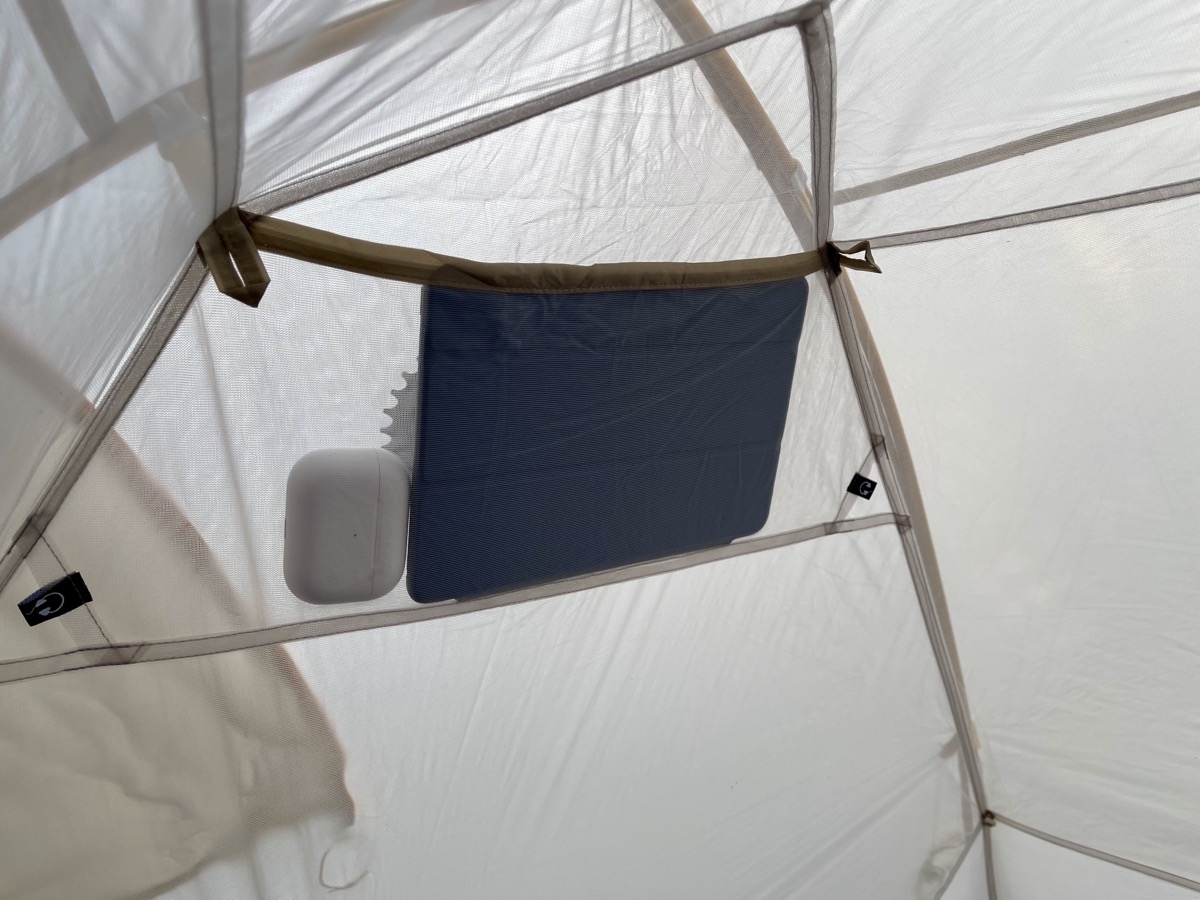

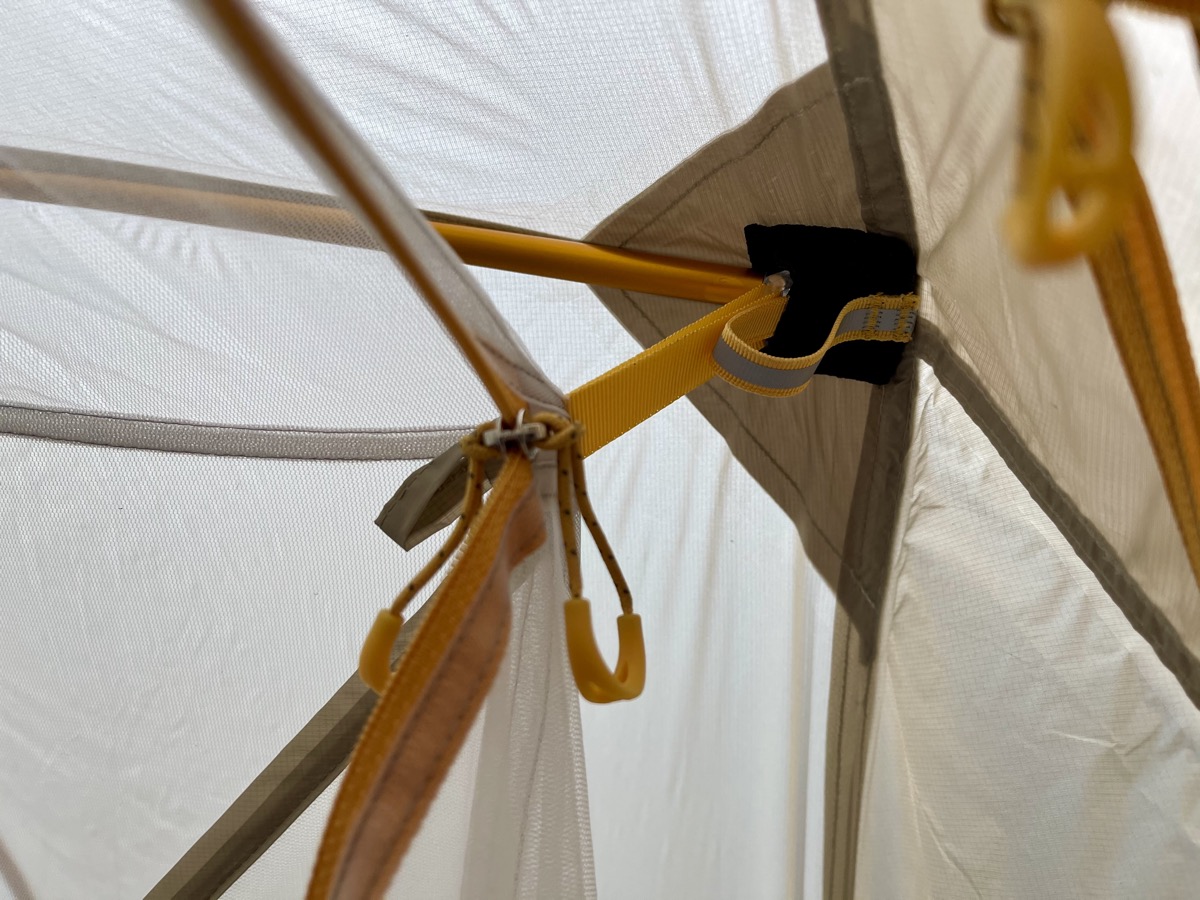
 11.380 Kč
11.380 Kč 1.330 g
1.330 g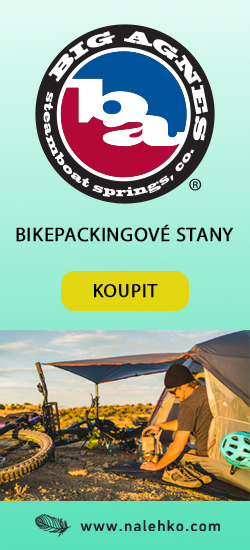
Discussion